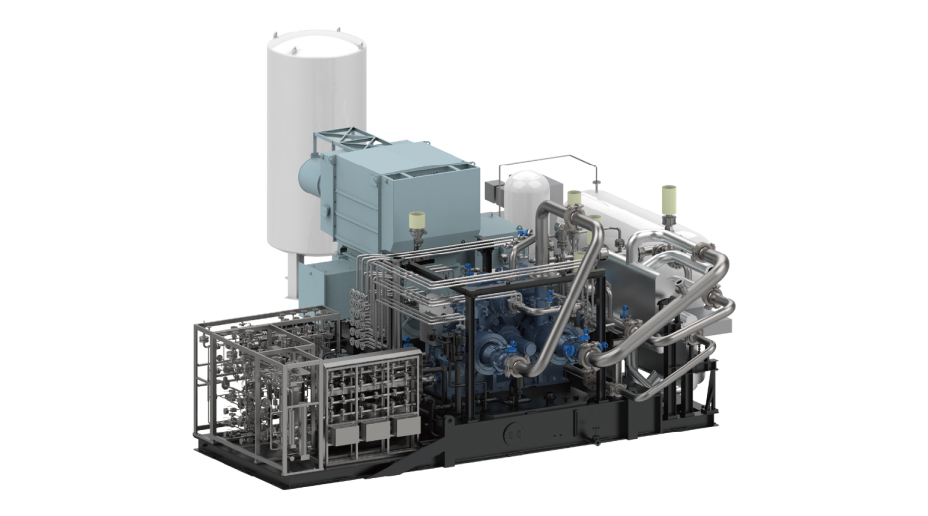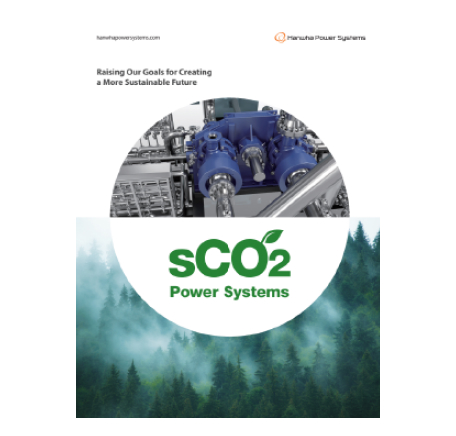Oil & Gas Products
Regeneration Gas Compressors
Large-capacity, high-pressure systems are utilized in sweet gas* dehydration processes in gas treatment plants, offering optimized designs for various gas compositions.
* Natural gas free from corrosive components such as hydrogen sulfide or mercaptans
* Natural gas free from corrosive components such as hydrogen sulfide or mercaptans
Major Reference
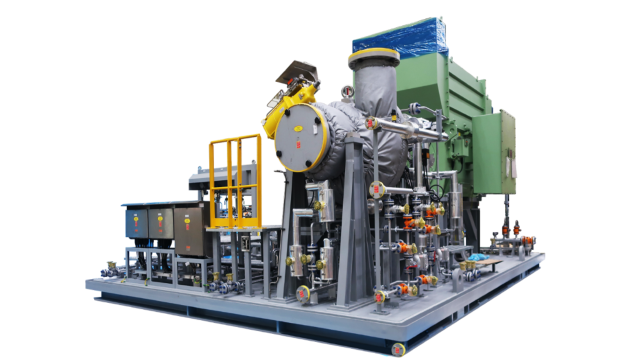
- Location :Saudi Arabia
- Application :Gas Treatment Plant
- Project Status :Commercial operation in 2024
- Model Names :SE-45G
- Application Process :Dehydration(moisture removal process)
- Features :Providing highly reliable compressor solutions for chemical and gas processes
Vapor Recovery Compressors
Offering Vapor Recovery Units(VRU) that improve offshore platform operational efficiency and contribute to environmental protection.
Enhancing customer profitability by reducing flare gas emissions and production costs.
Enhancing customer profitability by reducing flare gas emissions and production costs.
Major Reference
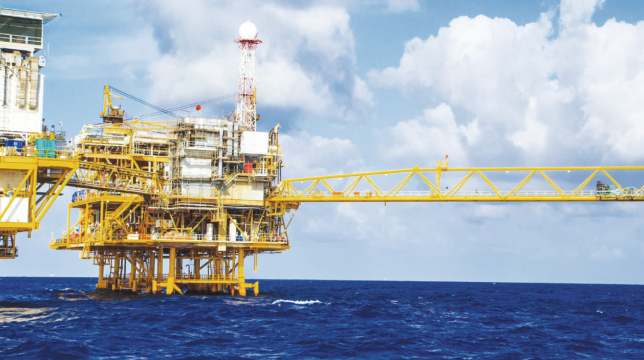
- Location :UAE
- Application :Gas Processing Plants(Offshore)
- Project Status :In commercial operation(2018 ~)
- Model Names :SE-45G
- Application Process :Vapor Recovery Process
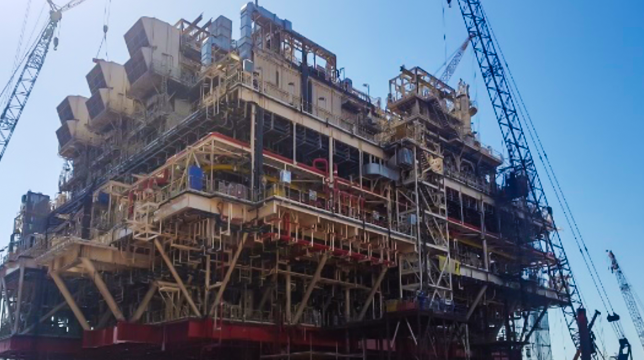
- Location :UAE
- Application :Gas Processing Plants(Offshore)
- Project Status :In commercial operation(2019 ~)
- Model Names :SE-45G
- Application Process :Vapor Recovery Process
Process Blowers
Integrally geared compressors manage critical processes requiring high reliability, including Main, Combustion, and Degassing.
Experience a high-efficiency design that reduces operating costs and improves productivity.
Experience a high-efficiency design that reduces operating costs and improves productivity.
Major Reference
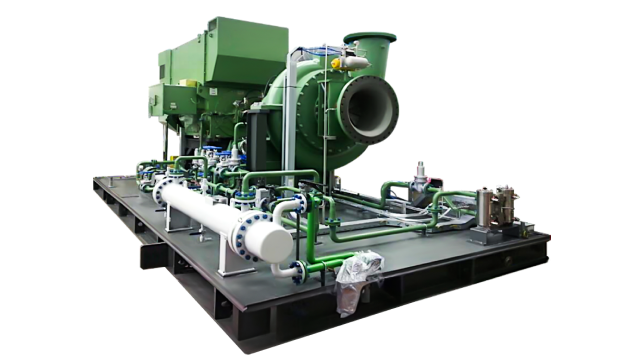
- Location :UAE
- Application :Refinery Plant
- Project Status :In commercial operation(2017 ~)
- Model Names :SE-45A
- Application Process :Carbon Black Unit
- Features :Customer-tailored design and high reliability
sCO₂ Power System
An innovative, high-efficiency power generation facility that combines supercritical carbon dioxide(sCO₂), which possesses the advantages of both liquid and gas, with proprietary geared turbomachinery technology.
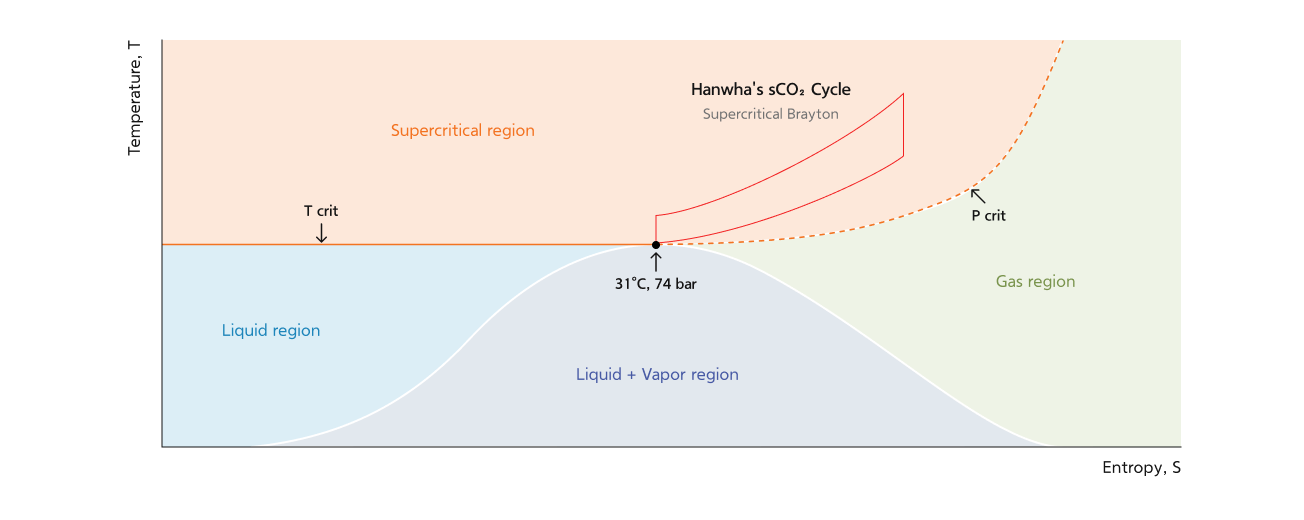
Supercritical carbon dioxide(sCO₂) achieves a state with low friction like gas and high density like liquid at conditions above the critical temperature of 31 ℃ and critical pressure of 73.8 bar.
Our innovative turbomachine technology dramatically increases power generation efficiency using the supercritical state's high density and low friction. It is gaining attention as a next-generation power solution with higher efficiency and compact size than conventional steam turbines.
Our innovative turbomachine technology dramatically increases power generation efficiency using the supercritical state's high density and low friction. It is gaining attention as a next-generation power solution with higher efficiency and compact size than conventional steam turbines.
Key Benefits
Our sCO₂ power generation system is a high-efficiency, eco-friendly power solution offering various advantages over conventional systems: higher efficiency, lower operating costs, water-free operation, and compact size.
-
-
Higher Performance
- Performance Advantages over Steam & Organic Rankine Cycles
-
Higher Performance
-
-
Eco-Friendly
- No Water Required
- Eco-friendly power generation through reduced carbon intensity
-
Eco-Friendly
-
-
Competitive LCOE* *LevelizedCost of Electricity
- No Fuel Required
- Low maintenance costs
- Simple auxiliary equipment compared to other technologies
-
Competitive LCOE* *LevelizedCost of Electricity
-
-
Economic Benefit
- Revenue generation through in-house power production and power sales
- Carbon offset or Tax Credit
-
Economic Benefit
Waste Heat to Power
Conceptual Diagram of Gas Turbine Waste Heat Recovery Power Solution Using sCO₂ Power System
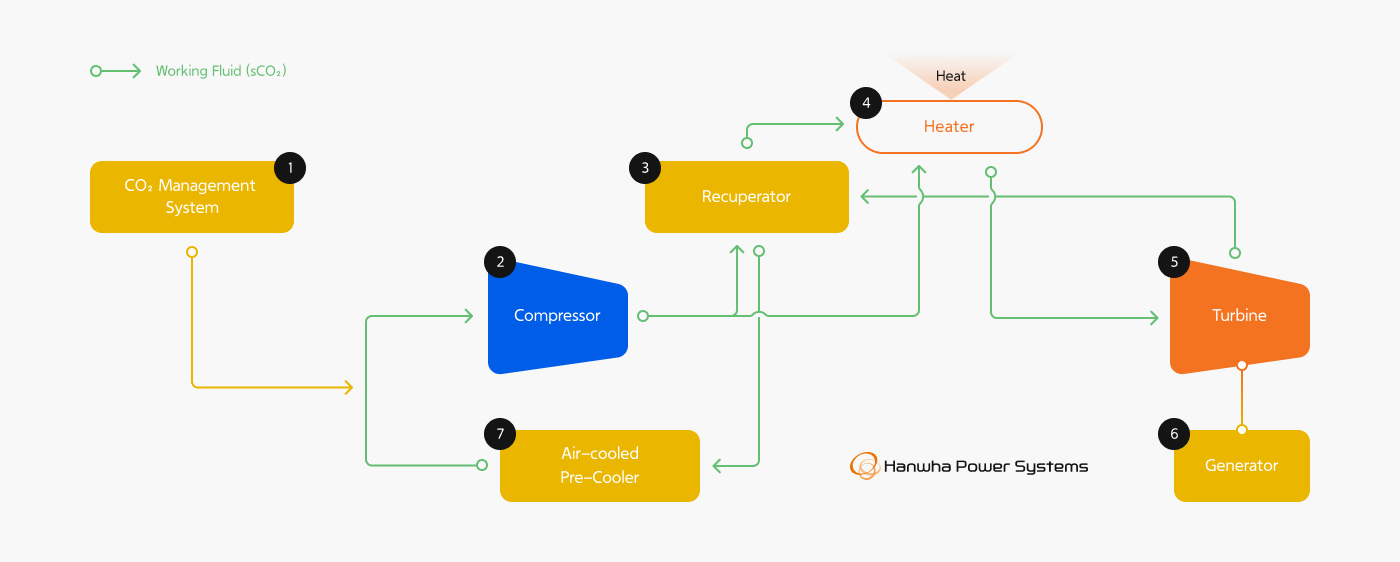
- 1CO₂ SupplyInitial CO₂ charging and refill in sCO₂ closed loop, flow control
- 2sCO₂ CompressionHigh-pressure sCO₂ generation through compressor driven by turbine power
- 3Primary HeatingPre-heating of compressed sCO₂ using residual heat after turbine expansion
- 4Secondary HeatingsCO₂ heating through heat exchange with gas turbine exhaust(waste heat recovery)
- 5sCO₂ ExpansionGenerating rotational power in turbine through sCO₂ expansion, simultaneous operation of compressor and generator
- 6Power GenerationElectricity generation in a generator through turbine rotational power
- 7sCO₂ CoolingOptimizing compressor inlet temperature through external heat exchange before compression
Major Components of sCO₂ Power System
-
sCO₂ Engine pakage
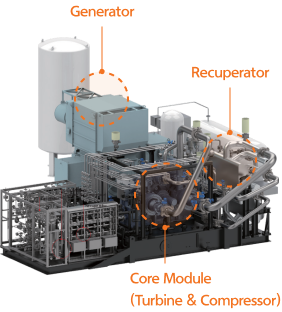
-
Heater
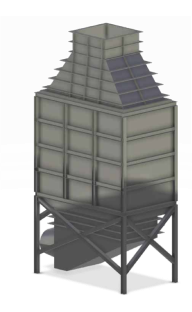
-
Pre-Cooler
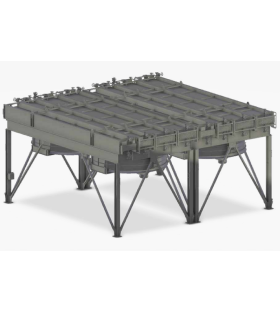
-
- Electricity production through sCO₂ compression/expansion process
- Compressor and turbine, heat exchanger, generator, oil supply system - CO₂ Management System
- Liquid CO₂ tank, pump, and vaporizer
- Electricity production through sCO₂ compression/expansion process
-
Energy absorption from heat source and transfer to turbine
-
Optimization of compressor inlet temperature through external heat exchange for improved compression efficiency
Achievement
We successfully executed a U.S. government national project, becoming the first in the world to verify the performance and durability of an integrated geared sCO₂(supercritical carbon dioxide) engine.
We also received the R&D 100 Awards(World's Top 100 R&D Awards).
We also received the R&D 100 Awards(World's Top 100 R&D Awards).
U.S. Department of Energy(DOE) 10 MW Solar Thermal Power sCO₂ Engine Development Program
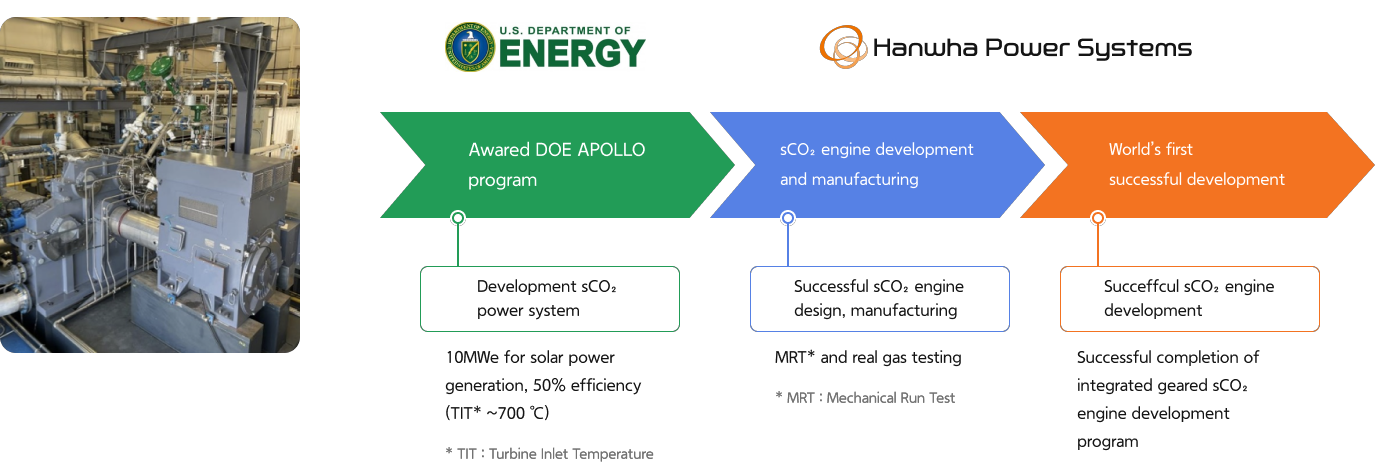
Received 2022 R&D100 Awards*
Recognized as Technology Leading Commercialization of Supercritical CO₂ Power System
* With a 60-year history, the R&D 100 Awards annually select the 100 most innovative technologies and are widely recognized as the 'Oscars of Innovation' by global companies, governments, and academia

Application
Our sCO₂ power system is a solution applicable to various heat sources above 450 ℃, including gas turbine and industrial process waste heat.
It is suitable for next-generation zero-carbon power sources like solar thermal and small nuclear power, and it is highly competitive in environments with high-temperature heat sources and difficult water usage.
It is suitable for next-generation zero-carbon power sources like solar thermal and small nuclear power, and it is highly competitive in environments with high-temperature heat sources and difficult water usage.
Hanwha Power Systems sCO₂ Power System Main Applications
| Medium Temperature Heat Sources (450~600 ℃) |
Gas Turbine Waste Heat |
|
|---|---|---|
| Industrial Process Waste Hea |
|
|
| High Temperature Heat Sources (600 ℃ ~ ) |
Concentrated Solar Power | |
| Small Modular Reactor | ||
Turbo Expander Generator(TEG)
An eco-friendly, high-efficiency power generation solution that converts pressure energy lost during pressure reduction into electrical energy,
enhancing energy efficiency in gas pressure regulating stations, power plants, and chemical plants.
enhancing energy efficiency in gas pressure regulating stations, power plants, and chemical plants.
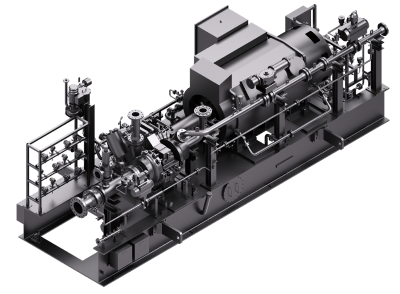
key Benefits
-
-
High Power Generation Efficiency
- Industry-leading efficiency based on aerodynamic design technology acquired through compressor business
- Guaranteed efficiency meeting strict performance criteria Compliance with ASME PTC-10 Type2 performance test standards
-
High Power Generation Efficiency
-
-
Stable pressure reduction function and gas leakage-free operation
- Control system enabling stable pressure reduction despite fluctuations in gas pressure, temperature, and flow
- Gas leakage-free through sealing technology developed from diverse gas compressor experience
-
Stable pressure reduction function and gas leakage-free operation
-
-
Economic Benefits
- Dramatic electricity cost reduction through renewable power generation methods utilizing unused natural gas energy
-
Economic Benefits
-
-
High Mechanical Stability
- Based on a tried-and-true gear-type compressor architecture, the design allows for stable operation for more than 20 years.
- Operational testing meeting global industry specifications Compliance with Mechanical Run Test API 617 8th Edition standards
-
High Mechanical Stability
Energy Recovery from Waste Pressure
The Turbo Expander Generator converts pressure energy into rotational energy through the expander wheel, reducing gas pressure and lowering temperature.
Turbo Expander Generator Operating Principle
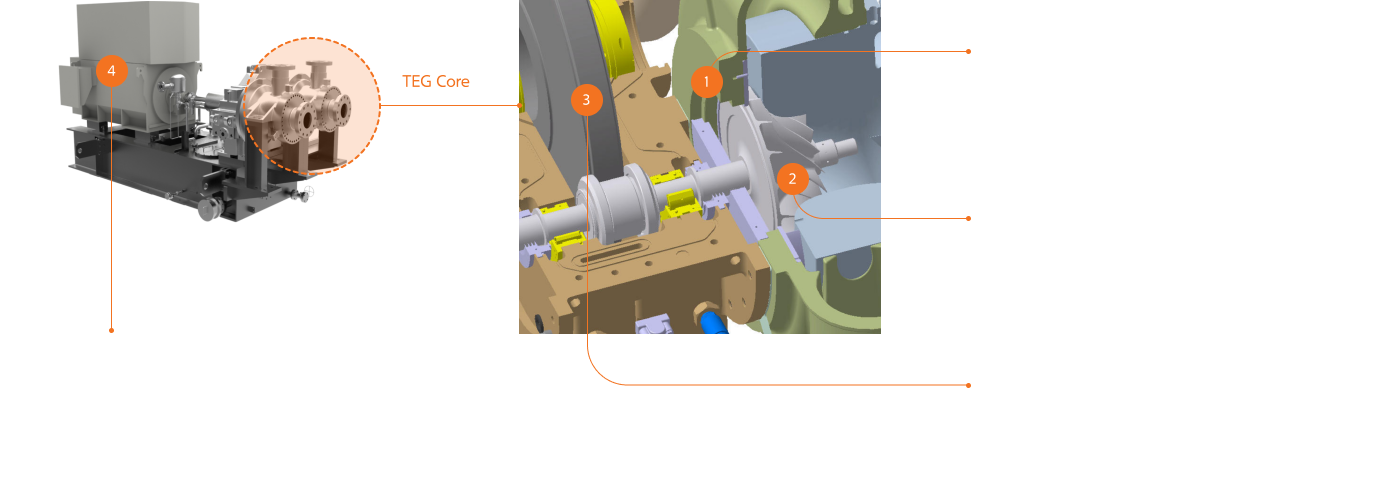
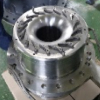
- VGN (Variable Geometry Nozzle)
- Maintenance of constant pressure reduction ratio through automatic control
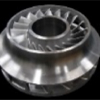
- Expander Wheel
- Conversion of gas pressure energy to rotational energy

- Gear Module
- Transfer of expander wheel rotational motion to the generator
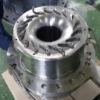
- Generator
- Electricity generated from expander wheel rotational energy
TEG operates through the following process with radially inflowing high-pressure gas:
1. Acceleration(expansion) at nozzle → 2. Expander wheel rotation due to high-pressure, high-speed fluid → 3. Transfer of kinetic(rotational) energy → 4. Electricity generation.
1. Acceleration(expansion) at nozzle → 2. Expander wheel rotation due to high-pressure, high-speed fluid → 3. Transfer of kinetic(rotational) energy → 4. Electricity generation.
Design Capabilities
-
Expander Wheel Analysis
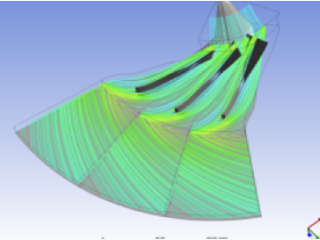
-
Expander Wheel Performance testing
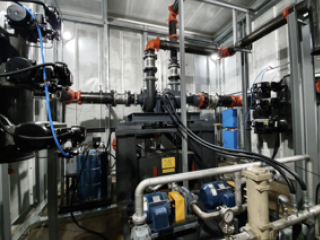
-
High-pressure Structural Analysis
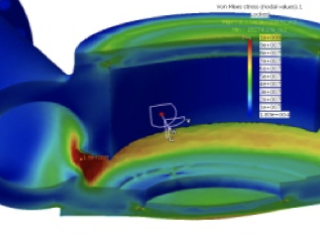
-
High-temperature Thermal Analysis

-
Leak testing
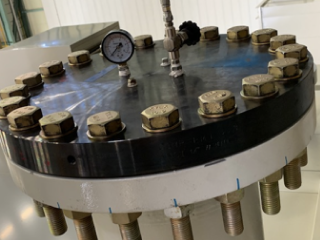
References
In order to create a regional hub-based system for supplying electricity, natural gas, heat, and hydrogen from natural gas supply management stations connected to microgrids(small-scale distributed power networks), we are currently running a proprietary Turbo Expander Generator(TEG) at KOGAS's integrated energy hub.
TEG Power Output: 1.5 MW(Pressure differential: 60 barg → 8.5 barg)
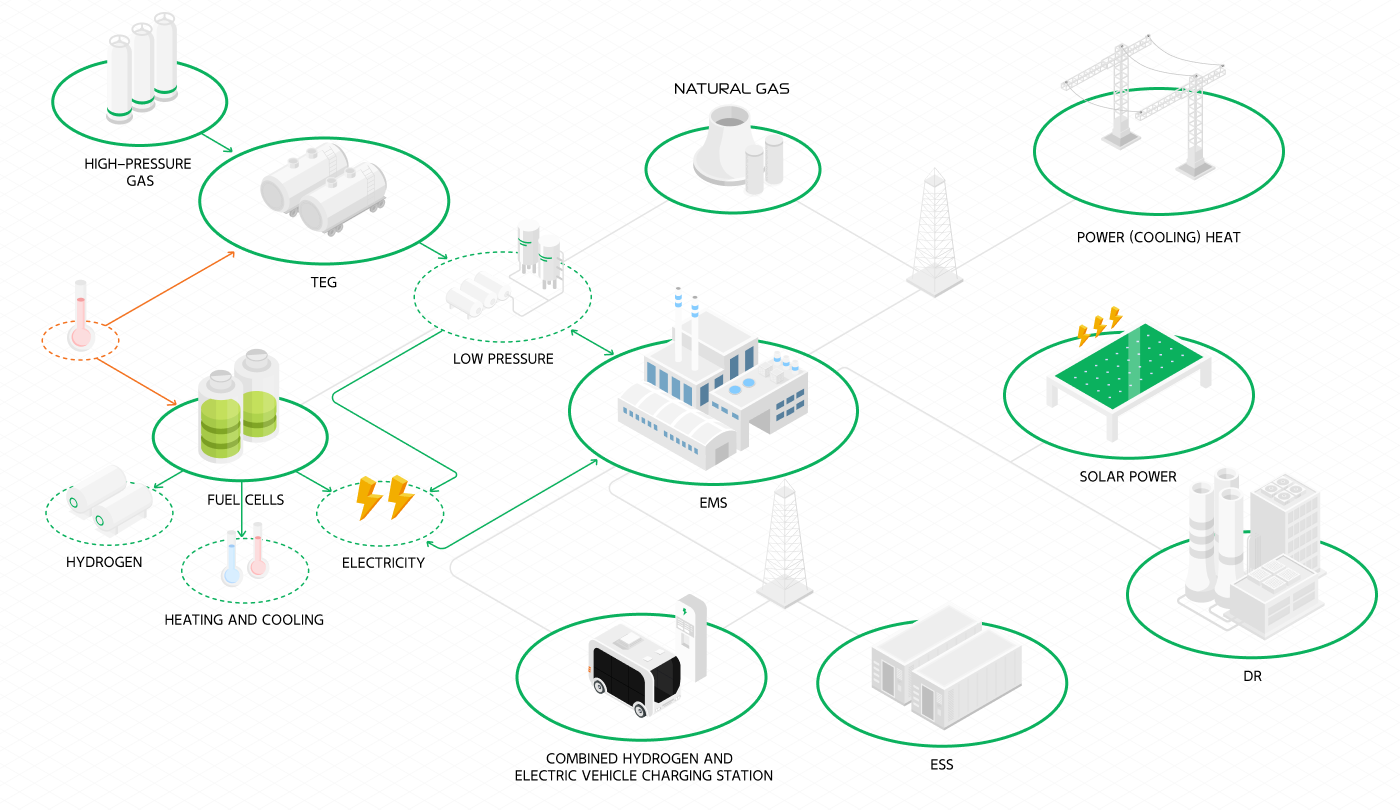
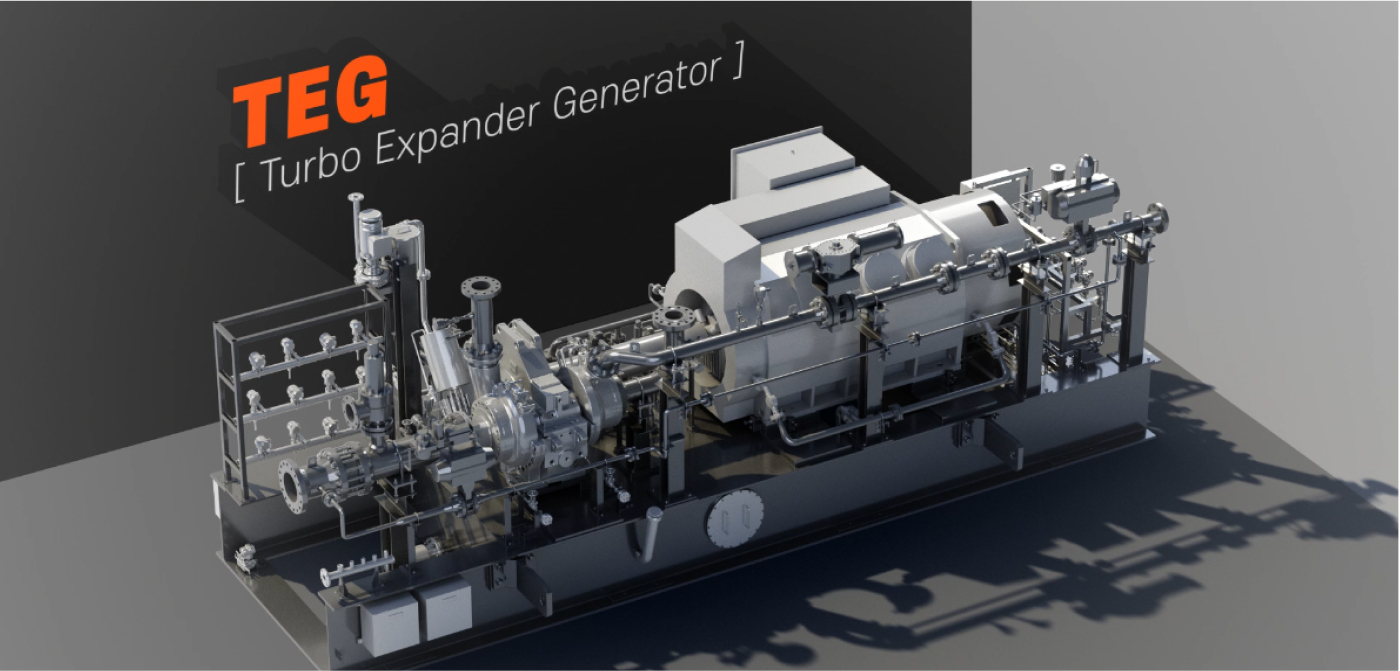
- Turbo Expander Generator Installation Status
- October 2023 : Passed inspection by Korea Electrical Safety Corporation and Korea Gas Safety Corporation
- November 2023 : Completed trial operation
- December 2023~ : In normal operation
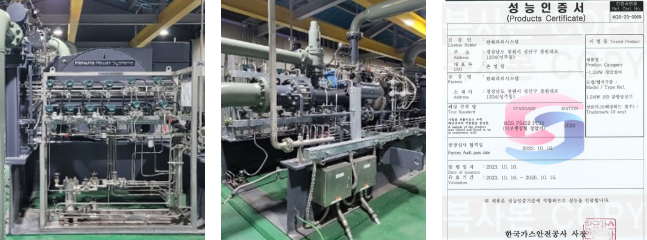
Application
The Turbo Expander Generator(TEG) can generate electricity by recovering pressure that would otherwise be lost during natural gas transportation. Natural gas is transmitted at high pressure for long-distance transportation, and pressure reduction stations lower the pressure for use at consumption points.
While conventional pressure reduction stations simply waste pressure energy during the reduction process, implementing TEG allows this energy to be recovered and converted into new electrical power.
While conventional pressure reduction stations simply waste pressure energy during the reduction process, implementing TEG allows this energy to be recovered and converted into new electrical power.
Letdown Stations
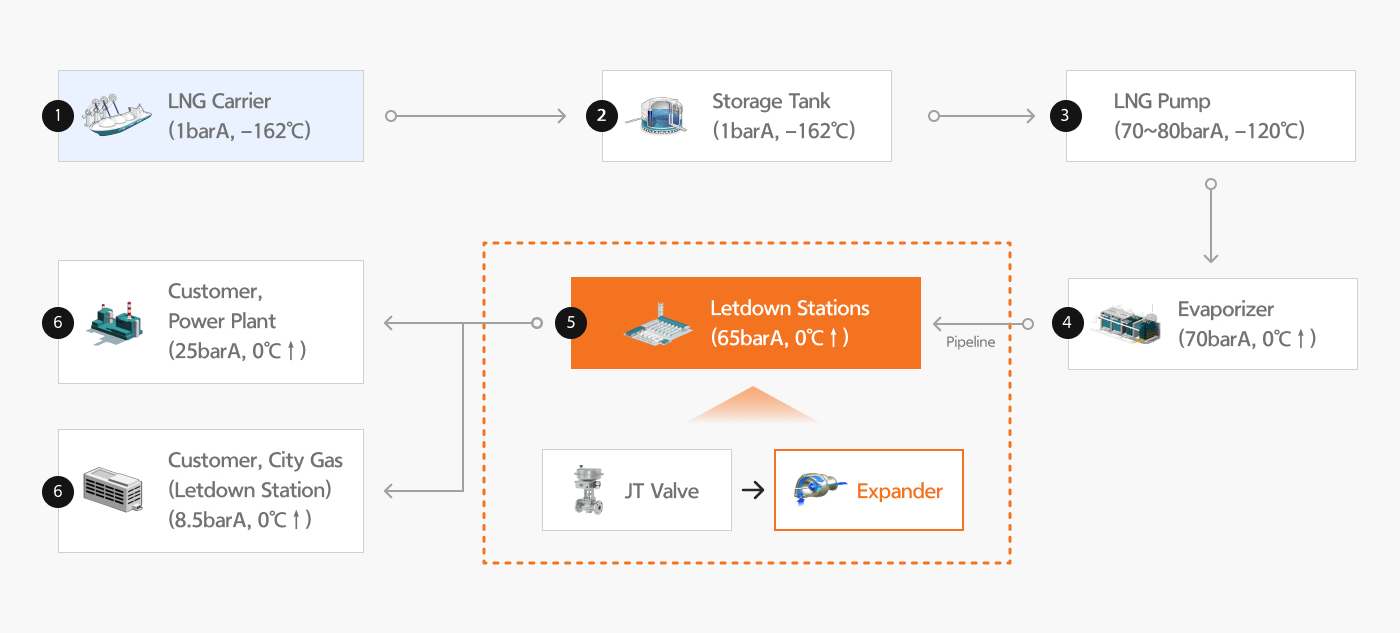
By lowering the pressure of high-pressure natural gas, steam, and process gases in a variety of industrial sectors, including petrochemical operations, pressure energy is recycled beyond natural gas pressure reduction stations.
Technical Specifications
| Category | Specifications |
|---|---|
| Maximum Inlet Pressure | up to 250 bar |
| Expansion Ratio(per stage) | up to 18(depending on process fluid and application) |
| Inlet Temperature | -220 ~ 700 ℃ |
| Maximum Number of Stage | 1 to 6 |
| Maximum Shaft Power | up to 30,000 kW(depending on process fluid and application) |
| Gases Handled | Hydrocarbon gas mixture, All industrial gases(CO₂, etc) |
| Test Code | API617, ASME PTC-10 Class 1 & 2 and HPS Standard |
